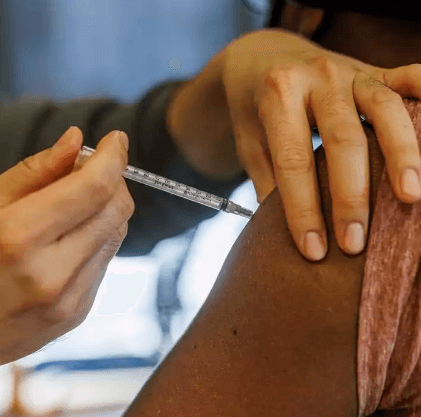Five years after the initial COVID-19 lockdowns, Minnesota continues to grapple with persistent racial health disparities that were exacerbated by the pandemic. A recent report from the Minnesota Department of Health reveals that these inequities remain deeply entrenched, particularly affecting Black, Indigenous, and people of color (BIPOC) communities.
The data shows that BIPOC Minnesotans still face higher rates of chronic diseases, limited access to healthcare, and poorer health outcomes compared to their white counterparts. For instance, the diabetes rate among Black Minnesotans is nearly double that of white residents, a gap that has remained largely unchanged since the pandemic’s onset.
COVID-19 vaccination rates also continue to show racial disparities. While overall vaccination rates have improved, BIPOC communities lag behind, with some groups having vaccination rates 15-20% lower than the state average. This gap leaves these populations more vulnerable to potential future outbreaks.
Mental health concerns have surged across all demographics, but BIPOC communities report higher rates of anxiety, depression, and trauma related to the pandemic’s long-term effects. Limited access to culturally competent mental health services remains a significant barrier to addressing these issues.
The report highlights some progress, including increased awareness of health disparities and targeted community outreach programs. However, experts emphasize that systemic changes are necessary to address the root causes of these inequities, including social determinants of health like housing, education, and economic opportunities.
As Minnesota looks to the future, health officials stress the importance of sustained efforts to bridge these gaps. Proposed initiatives include expanding community health worker programs, increasing diversity in the healthcare workforce, and implementing policies that address social and economic factors contributing to health disparities.
The lingering effects of the pandemic serve as a stark reminder of the work still needed to achieve health equity for all Minnesotans, regardless of race or ethnicity.
See: “Five years after COVID-19 lockdown, racial health disparities linger” (March 17, 2025)
